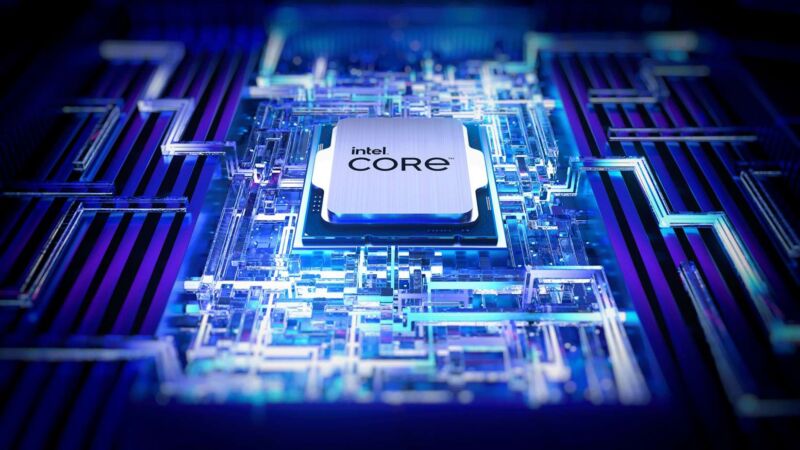Introduction
In this exploration of “Demystifying CPU Price: How Manufacturers Set the Costs,” we delve into the intricate world of CPU pricing, uncovering the key factors that manufacturers take into account when establishing the value of their products. By shedding light on this complex process, we aim to provide a clearer understanding of the forces shaping CPU prices and how they impact our technology choices.
In today’s fast-paced world of technology, central processing units (CPUs) are the heart and brain of modern computing devices, powering everything from smartphones to supercomputers. As consumers, we often find ourselves presented with a wide range of CPUs, each boasting different performance levels, features, and price points. Have you ever wondered how these prices are determined? What factors influence the cost of a CPU, and how do manufacturers arrive at their pricing strategies?
Demystifying CPU Price: How Manufacturers Set the Costs
The CPU price (central processing unit) is determined by various factors and considerations that manufacturers take into account. The CPU market is competitive, with several major players like Intel and AMD dominating the industry. While I can provide insights into the factors that typically influence CPU price, please note that the specifics might change over time due to market dynamics and other factors.
Research and Development (R&D) Costs:
CPU manufacturers invest heavily in R&D to develop cutting-edge technologies, improve performance, and reduce power consumption. The process of designing new architectures and testing them in various stages is expensive. Additionally, research is ongoing to advance the manufacturing process, enabling smaller transistors and better performance. The costs incurred during these R&D efforts are spread across the CPUs’ production, contributing to their pricing.
Manufacturing Costs:
The actual fabrication of CPUs involves complex processes and state-of-the-art equipment. Silicon wafer production, photolithography, etching, and other manufacturing steps require precision and specialized facilities. These fabs are costly to build and maintain. Manufacturing costs increase with the complexity of the design and miniaturization of transistors. As new manufacturing nodes are developed, such as transitioning from 7nm to 5nm or smaller, the costs can rise during the early stages of production.
Performance and Features:
CPUs are available in various configurations, ranging from budget-friendly options to high-performance models. CPUs with more cores, higher clock speeds, and additional features, such as integrated graphics, hardware-level security, and overclocking capabilities, generally come at a premium. Enthusiast-grade CPUs, targeted at gamers, content creators, and professionals, often include advanced features and are priced higher to reflect their added performance.
Competition:
The competition between CPU manufacturers plays a vital role in setting prices. When multiple manufacturers are competing for market share, they may adjust pricing to attract consumers and gain an advantage over their rivals. If one company releases a new CPU that outperforms its competitor’s offerings, the competitor might respond by lowering prices on existing models or releasing more competitive products at similar price points.
Market Demand:
The demand for specific CPU models can impact their pricing. CPUs in high demand, either due to their popularity among consumers or industry professionals, may see higher prices, especially if supply is limited. Conversely, CPUs with low demand may experience price reductions to stimulate sales.
Economies of Scale:
As CPU production increases, the cost per unit typically decreases. Manufacturers can take advantage of economies of scale to reduce manufacturing costs, especially for mainstream and budget CPUs produced in large quantities. This can lead to more competitive pricing for these products.
Brand Reputation:
Established CPU manufacturers with a reputation for producing high-quality, reliable, and innovative CPUs often have more pricing flexibility. Consumers may be willing to pay a premium for CPUs from reputable brands due to their trust in the products.
Product Positioning:
Manufacturers offer CPUs at various price points and performance levels to cater to different market segments. They strategically position their products to meet specific customer needs and compete against other offerings in the market. This includes targeting different sectors, such as consumer desktops, laptops, data centers, and high-performance computing.
Technological Advancements:
With each new CPU generation, there are often improvements in performance, power efficiency, and manufacturing processes. As technology advances, newer CPU models may offer better performance at a similar price point to their predecessors or even at a lower cost, which can be a compelling proposition for consumers.
Market Segment:
CPUs are designed for different market segments, each with its unique requirements. For example, CPUs intended for general consumers may focus on providing a balance between performance and affordability, while enterprise-grade CPUs might prioritize reliability and advanced features. Prices are set accordingly based on the specific segment they target.
It’s worth noting that factors like production yields, component shortages (e.g., due to semiconductor shortages), and changes in industry regulations or trade policies can also impact CPU price. The dynamic nature of the semiconductor industry and the global market can lead to fluctuations in CPU pricing over time.
Also read:- COMPARING LAPTOP HARD DISK BRANDS: WHICH TO CHOOSE?
Conclusion
In conclusion, the journey of demystifying CPU price. Understanding how manufacturers set the costs has provided valuable insights into the intricate world of CPU pricing. Throughout this exploration, we’ve uncovered the key factors that influence the price of CPUs. The strategies manufacturers employ to determine their value in the competitive market.
From the substantial investment in research and development, where cutting-edge technologies are born. With the complex and costly manufacturing processes involved in fabricating these powerful chips. We have seen how these expenses are factored into the final CPU price. Additionally, the performance levels, features, and target market of CPUs play a crucial role in pricing. With higher-performing and feature-rich CPUs often commanding premium prices.

